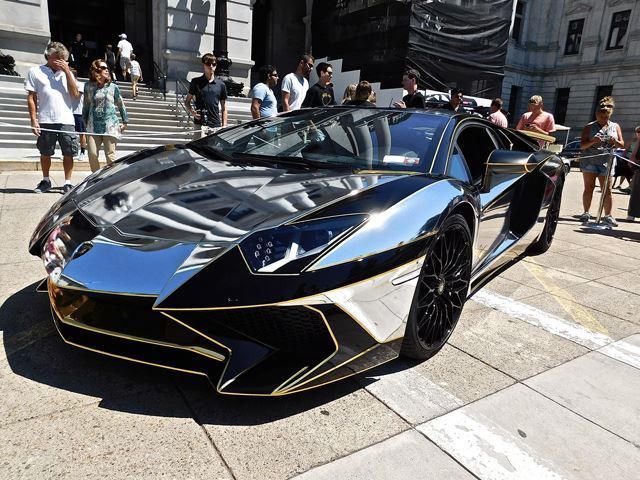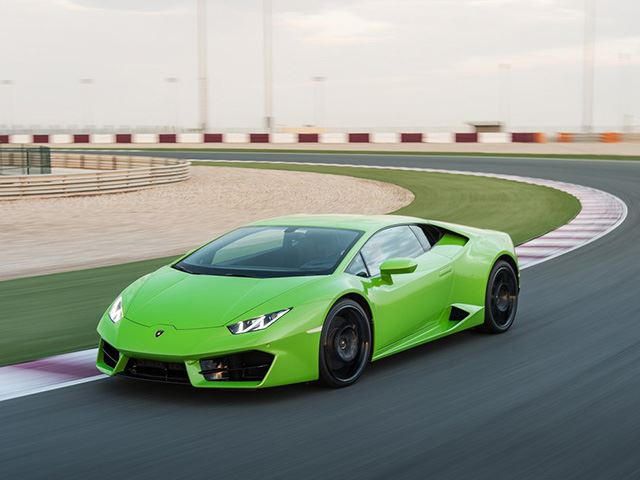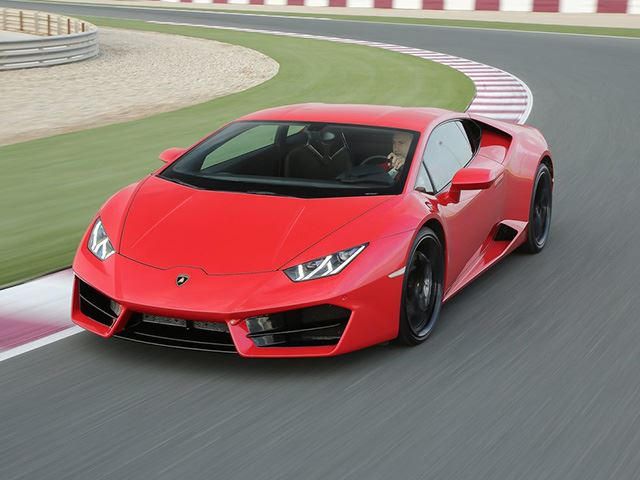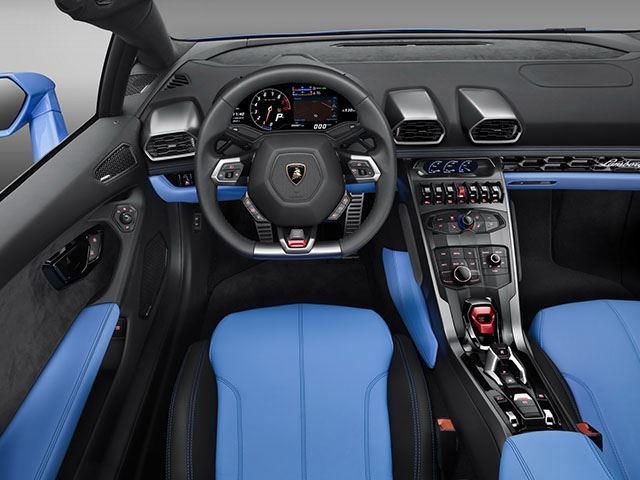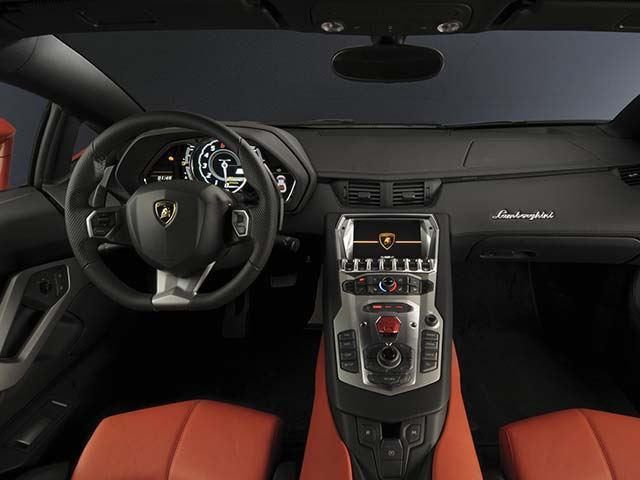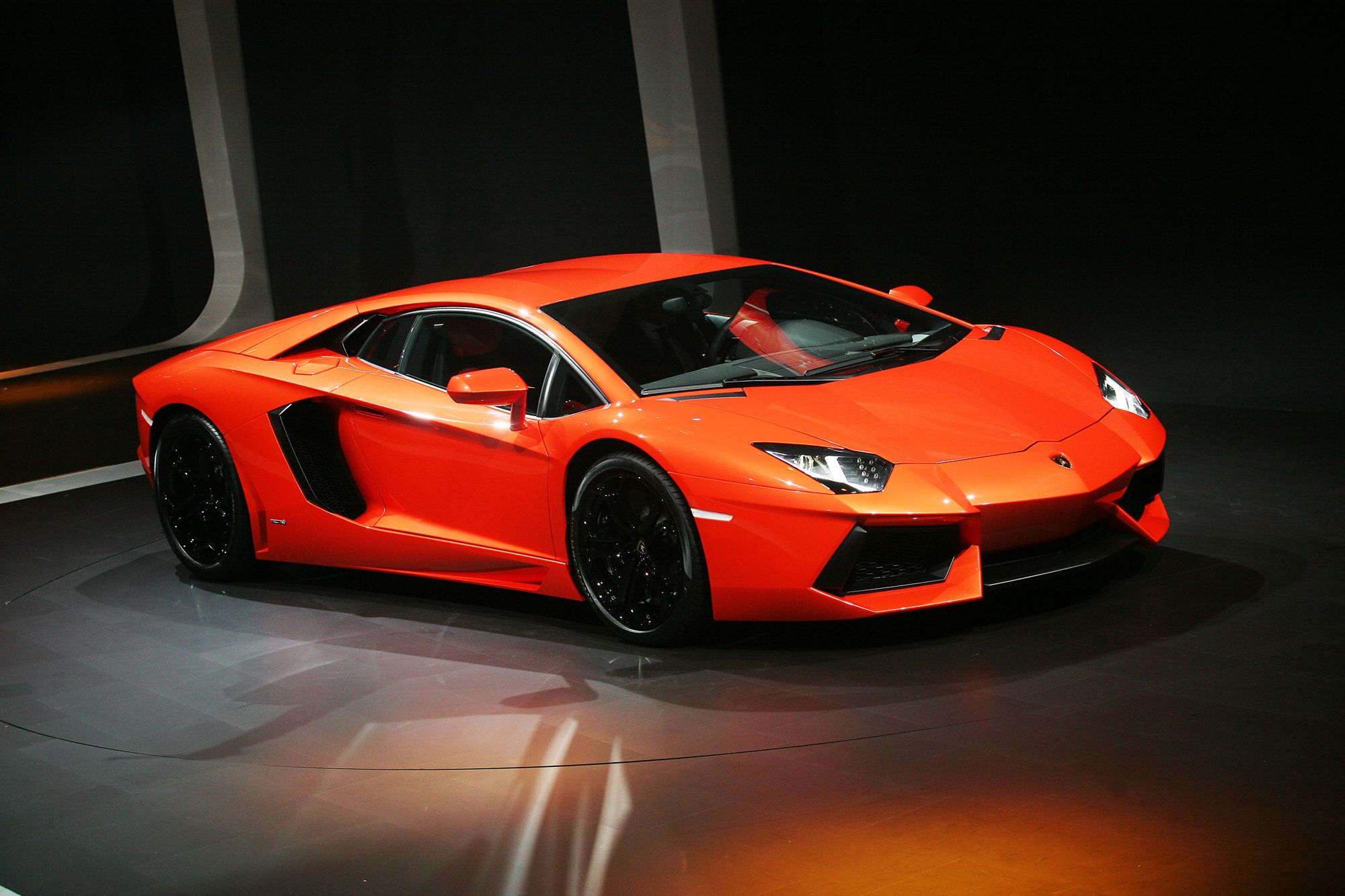
How could anyone possibly hate the Lamborghini Aventador? The Italian supercar blew everyone's minds when it was released in 2011. The 6.5-liter V12 engine produces 691 horsepower while the lightweight SV version is increased to 750. With AWD, the Aventador can snap your neck on its way to 60 mph in just 2.9 seconds (2.8 for the SV). The company has tweaked the car over the years and added several special editions. But has Lamborghini done enough to keep the Aventador relevant?
Obviously, no Lamborghini is going to be "affordable," and the Aventador is no exception. The most basic Aventador costs $399,500, and roadster and special edition models only go up from there. When the only other model in Lamborghini's lineup was the Gallardo, the Aventador's massive price actually made a bit of sense. At the end of its production run, the Gallardo peaked at 562 horsepower. With either the E-Gear transmission or the rare-bird gated manual, the baby-Lamborghini was no match for its big brother. This all changed when the Gallardo was replaced with the Huracan. The Aventador was suddenly a lot less impressive.
The cheapest version of the Huracan is the RWD LP580-2 which starts at $199,800. For half the price of an Aventador, you are getting a 5.2-liter V10 with 573 horsepower. The LP610-4 has 602 horsepower and costs $237,250 compared to the Aventador which starts at just under $400,000. That means you will be getting 87% of the horsepower that the Aventador offers for just 59% of the price. However, you can't just look at the horsepower numbers when you compare these two cars. The Huracan is much lighter than the Aventador and comes with a much quicker dual-clutch transmission. This means that these two cars are separated by less than one tenth of a second for 0-60 mph and quarter-mile times.
In fact, depending on who is measuring the performance times, the Huracan might actually be quicker than its big brother. Both cars can hit 60 mph in the 2.7 to 3.0 second range, and both cars have been clocked doing the quarter-mile in around the mid-ten second range. If the race is longer than a quarter-mile, the Aventador will start to pull, be we don't think that this slight advantage is enough to justify the price difference. Perhaps the Aventador is better on the track? Well, like we mentioned earlier, the V12 Aventador is much heavier than the Huracan (by around 1,000 pounds). In fact, when Motor Trend tested the Aventador SV, it was actually slower around Big Willow than the Huracan.
Perhaps you may not think the same way, but if we had just plunked down almost half a million dollars on a car, and the company that sold it to us came out with a faster car that only cost a quarter of a million, we would be pretty upset. That was the reality that many Aventador owners faced as soon as road tests of the Huracan began. Lamborghini continues to offer the Aventador without any massive updates, and we are struggling to figure out why anyone still buys it. This may be subjective, but the Aventador does look more visually eye-catching than the slightly more reserved Huracan. Both cars sound great, but the Aventador's V12 is hard to beat and the single-clutch gives you quite a rush of adrenaline.
Supercars are not supposed to make sense logically, so perhaps the Aventador really is the better car. However, if you're smart enough to have the money to afford a Lamborghini, we doubt that you would be willing to spend twice as much on a car that just isn't that much faster. Although, you will miss out on those classic Lamborghini vertical doors.

